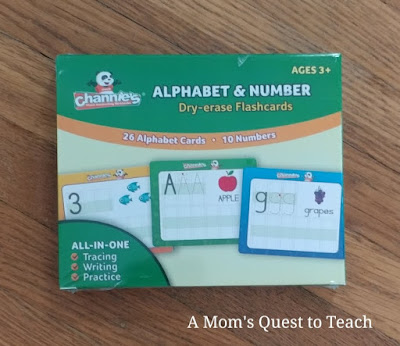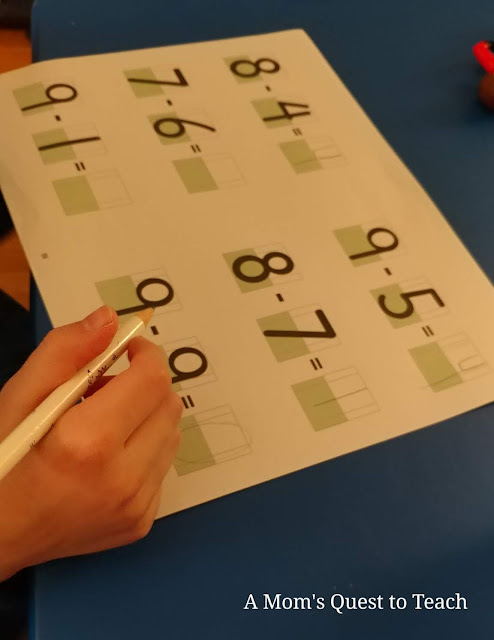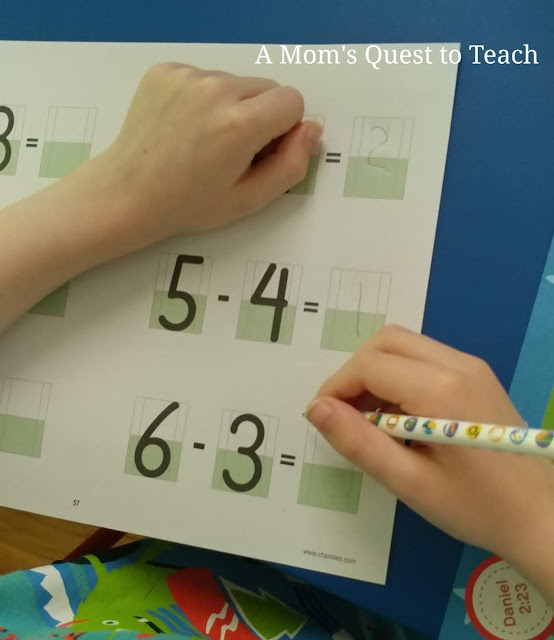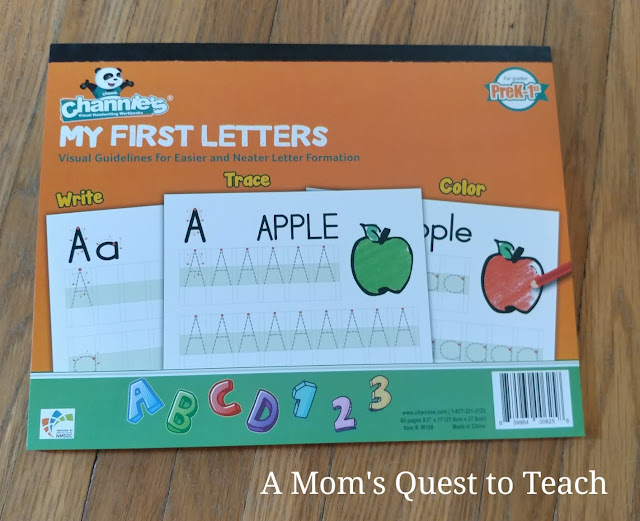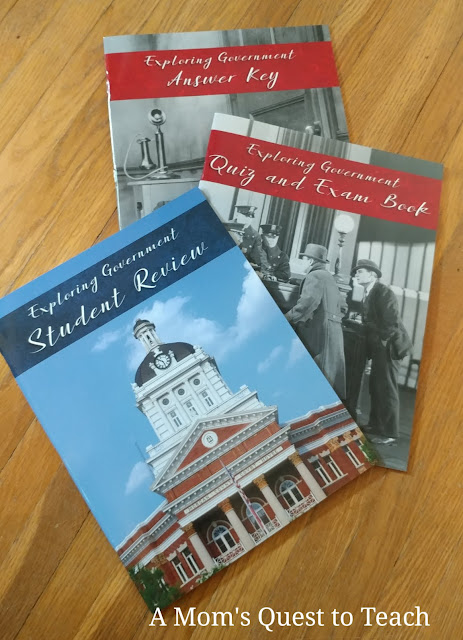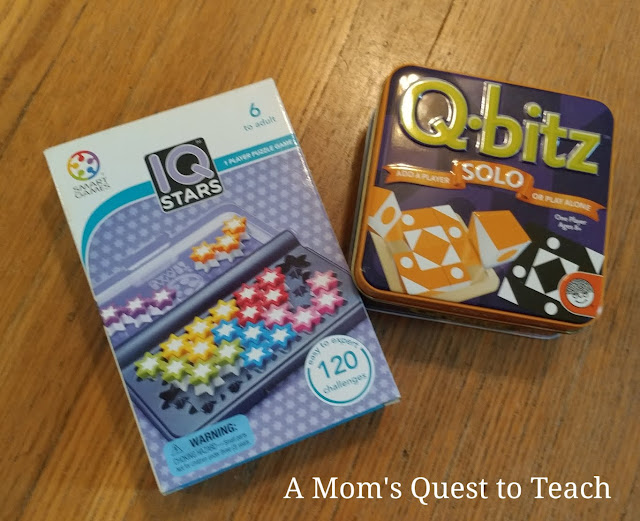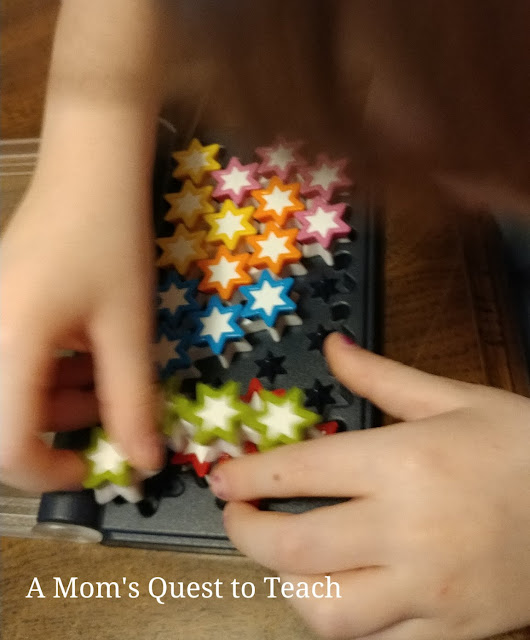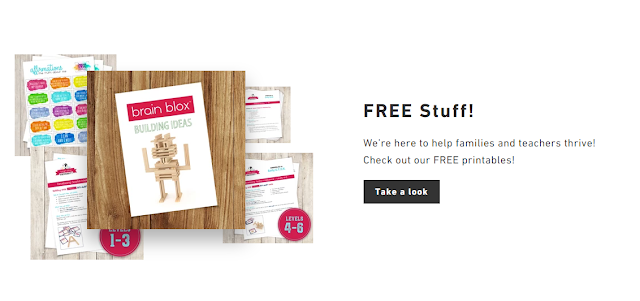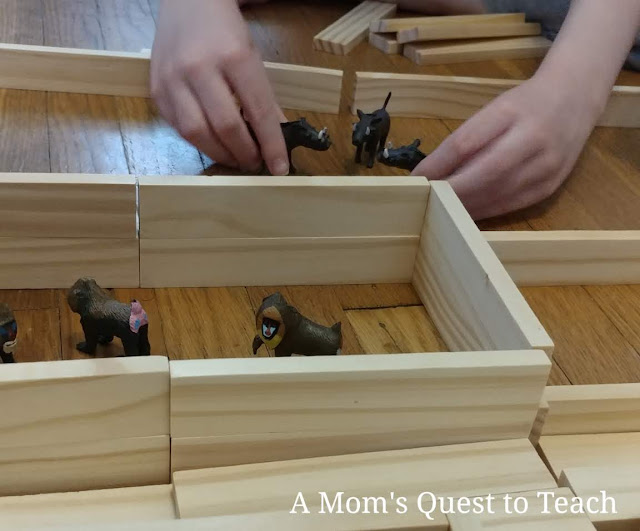Now that our four-year-old daughter is unlocking the code to reading, she is eager to start writing. When the opportunity to review products from Channie's Visual Handwriting & Math workbooks became available, she was excited to look over all the workbooks, dry-erase flashcards, and other products. From the four products available to review, we chose Channie's Dry Erase Flashcard for Alphabet & Number and Neat Numbers. Both our daughter and our six-year-old son used these two products to practice their handwriting and math skills.
What is Channie's?
Seeking to find something to help her son with his handwriting, Chan Bohacheff created a visual guide. This then developed into products that are known for making learning and teaching both easy and fun. For those struggling with handwriting, there has been quick improvement reported.
Channie's lists four reasons why their visual writing pads are so effective:
- The blocks provide for consistent letter size.
- There are double vertical lines to guide proper spacing.
- The middle green shade is there to help with lowercase placement and writing in straight lines.
- They provide the ability to self-correct when writing outside of the lines.
There are so many great products to help your child learn to write more clearly. From learning to print to working on writing in cursive, there are multiple writing tools to help work on those skills with your children. If you are looking to work on math skills, there are 14 different products from one-page-a-day single-digit addition and subtraction that would be great for our son to double- and triple-digit LineUp workbooks for old children.
What Did We Receive to Review?
We received two products to review:
My intention was to use both of these products primarily with our four-year-old daughter. While she was very excited to start writing, she was not happy about needing to trace the letters or numbers. So we would work on the flashcards for a day and then set them aside for a few days so she would not get frustrated that she was not tracing them perfectly. This did allow time for our six-year-old son to use the flashcards to practice his penmanship.
The flashcards are a set of 26 alphabet cards (lowercase on one side with a blue border and uppercase on the reverse side with a green border) and 10 number cards. They are 5.5 inches by 4.5 inches so they fit neatly on a table or desk alongside other workbooks. The alphabet cards have two letters to practice tracing and then space for your child to write the letter themselves. The number cards do not have any to trace – just blank spaces to try writing the number.
The Neat Numbers workbook pad is 80 pages long. The back of the cover has numbers 0-21 printed on it for easy reference and starts right with the number one to practice tracing. The pages are 8.5 inches by 11 inches so you could include them in a folder or binder if you take them out of the pad. They remove easily.
How Did We Use the Flashcards in Our Homeschool?
We started using the letters L, t, and i with our daughter. I asked her to trace them on the flashcards and then she could pick the other cards she wanted to work on each day. On most days, I let her choose which cards she wanted to use because she is still a little too young for me to push formal homeschooling yet.
 |
| Prior to being selected for this review I had purchased the My First Letters pad from Channie's. Our daughter spent some time working on it alongside the flashcards. |
The flashcards were a perfect exercise for our daughter to do while her brother was working on his own work. She could sit there and practice writing with the dry-erase markers and then erase the cards to work on the same letter again if she wanted.
Our six-year-old son also used them. They share their toys and homeschooling materials so it was only natural that he wanted to try his hand with the flashcards.
How Did We Use Neat Numbers in Our Homeschool?
I used the addition and subtraction pages at the end of Neat Numbers for our six-year-old son. After the forty pages that have the student trace numbers 1-20, there are several trace & try pages to teach the basics of addition and subtraction with images like apples, soccer balls, and fish. After these pages, there were horizontal addition and subtraction pages with numbers. Our son completed these over the course of the review period. After the horizontal problems worksheets, there were several worksheets with the problems listed vertically. This was a new way to do addition and subtraction problems for our son. Finally, there were blank pages to practice writing numbers and pages to write our own addition or subtraction problems.
 |
| At first, he was confused by the extra box when the addition problems were set up vertically. So, I highlighted the part where he should write the answer to the math problem. |
What Do We Think?
I like the quality of the flashcards. Sometimes when one needs to use dry-erase markers, the cards or pages do not really erase well. That hasn't been the case so far with these cards from Channie's. Our children have been to be able to use the same cards to practice the same letters over and over and they can erase them cleanly.
The flashcards also fit neatly in the box even with taking them out of the small box over and over again each day for practice. This makes it very nice to keep them organized and with our homeschooling materials.
The Neat Numbers workbook is a very nice resource. I like that there are opportunities to practice multiple skills from tracing to addition and subtraction. The pages are of a thick quality so I do not think they will tear easily with erasing.
Our six-year-old son who has been writing for a longer time was not overly fond of having to write in the blocks and having to write in the style that Channie's uses. He enjoyed practicing his letter writing and working on addition and subtraction but often just wrote the letters and numbers his own way.
Our four-year-old daughter was very excited to review products from Channie's that were for her. Even though we had to take breaks in between using the flashcards and Neat Numbers, she did enjoy her time homeschooling. I think she really liked using the flashcards because she was in control of her work since she could write with the dry-erase markers and then erase them to write again.
I would recommend Channie's Visual Handwriting & Math workbooks to families looking for something to help their child write more clearly and those families looking for their children to practice math skills. When our six-year-old is learning cursive, I will take a look at the cursive workbooks to incorporate into our homeschool day.
Do You Want to Learn More?
Be sure to check out the other reviews because there were two other products that the Crew also reviewed in their homeschool.


